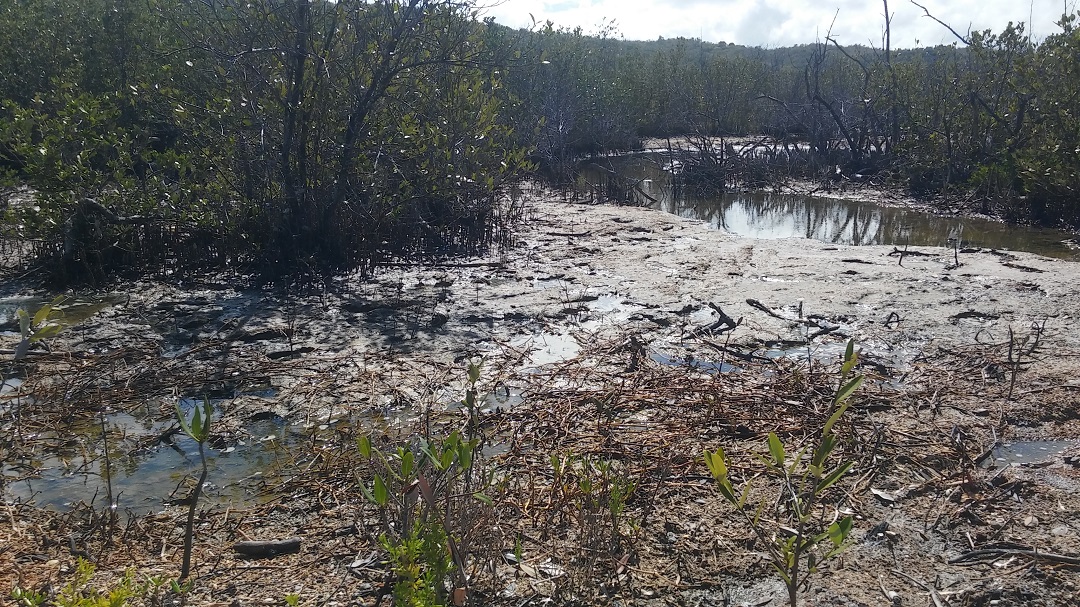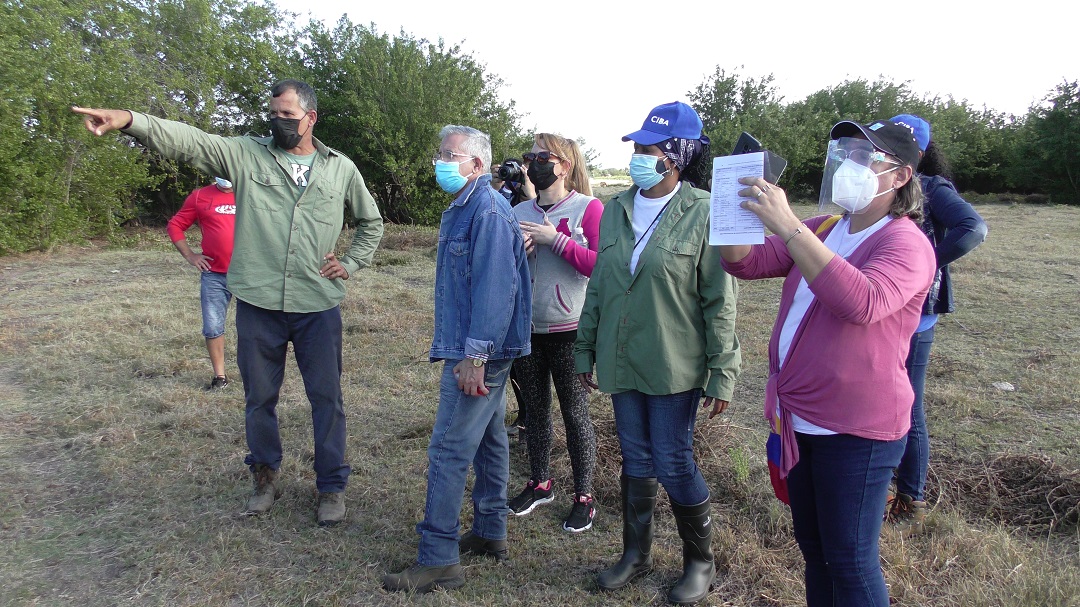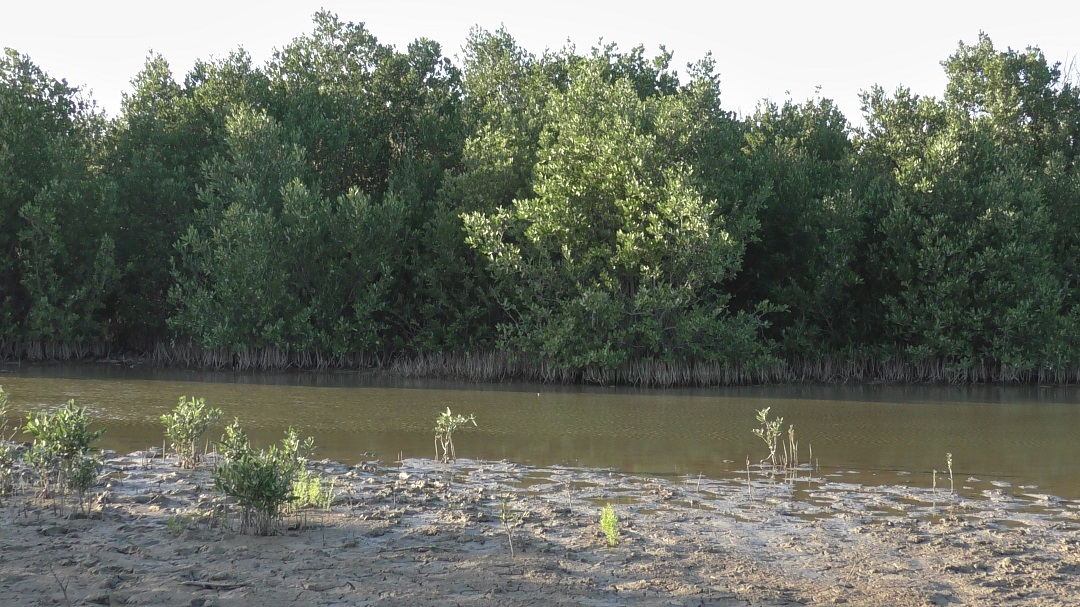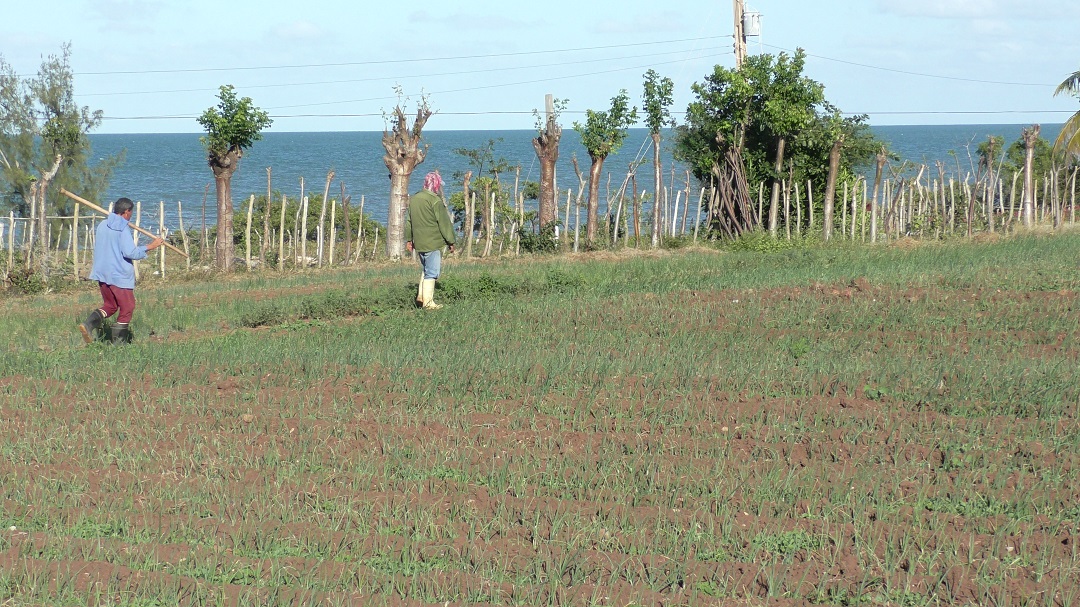- Four Cuban coastal settlements implement ecosystem and community-based solutions for climate change adaptation and disaster risk reduction. In Punta Alegre, north of Ciego de Ávila, the results can be seen
When Jorge Ariel Ferrer Buchillón extends his right hand to indicate the extent of the sea with the push of the winds and the swells caused by Hurricane Irma, as it passed through the coastal town of Punta Alegre, in the province of Ciego de Ávila. It is understood the magnitude of the phenomenon, but nothing is comparable to the experience.
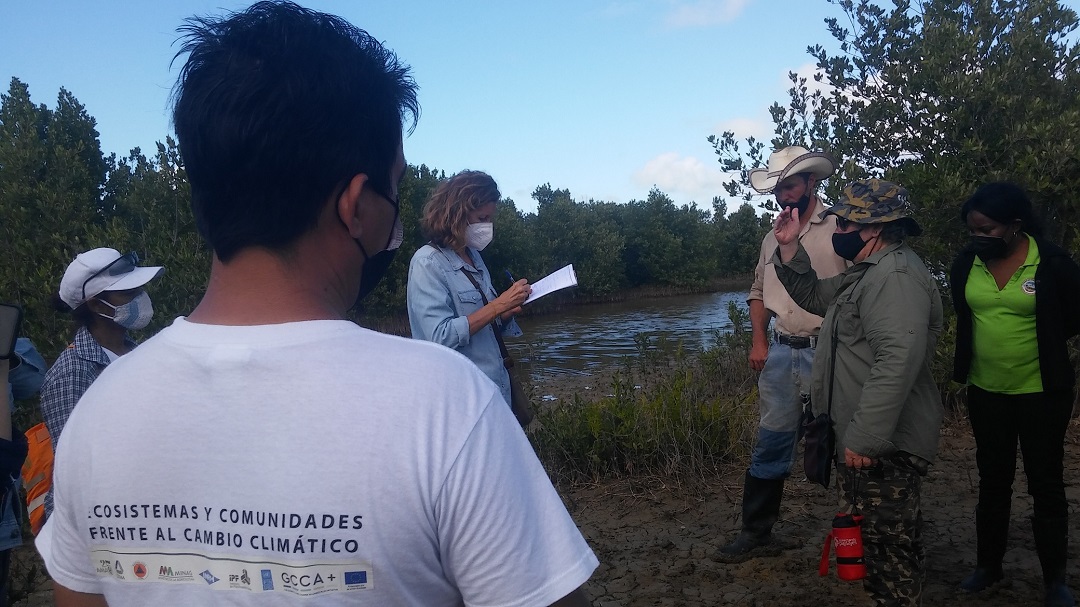
The salty waters penetrated about a hundred meters into the space occupied by his La Salina farm, with almost three hectares (ha), where damage was recorded to fruit plantations, crops intended for animal feed and coastal vegetation, the latter almost completely destroyed its entirety.
What would have happened to his homeland if the mangroves had not contained the fury of waves up to eight meters high? he wonders. The riverside forest contributed to the protection of human and material resources, in an unequal “combat” against an extreme and unprecedented hydro-meteorological event in the area.
A few kilometers from there, Nelson Martínez Moya confirmed the desolation of those days, when on his property, "nothing green was left" and coastal forests, with robust plantations, were knocked down or "burned" by winds with gusts of more than 250 km. per hour, “it seemed that they had been set on fire.”
As never before, these ranchers understood the value of that ecosystem that encompasses portions of their land. Without them the catastrophe could have been greater, which is why they are preparing to restore their vitality, with the support of organizations in Cuba and abroad.
WHAT THE WIND LEFT US
After the passage of that hurricane, which significantly affected 12 of the 16 Cuban provinces, with losses estimated at more than 3 billion dollars, the international project “Building coastal resilience in Cuba through natural solutions for adaptation to climate change” emerged. Climate Change (Coastal Resilience)”.
Master of Science Yohanis de la Torre Galiano, technical director of this global program, explained that the aim is to strengthen and integrate disaster risk reduction and adaptation to climate change in the socioeconomic development plans of sectors and governments of vulnerable coastal municipalities.

To achieve the objectives, the determination and evaluation of current and future dangers for the municipalities where it intervenes, the identification of alternative adaptation solutions based on ecosystems (AbE) and on communities (AbC) are proposed as fundamental actions.
In this way, it will be easier to face climate change, update environmental management models and incorporate an integrated approach to disaster risk reduction (DRR) and adaptation to climate change in local development planning, he said.
In Cuba, four intervention sites were defined: Punta Brava, Playa Victoria, Punta Alegre and Santa Rita, located on the northern coast of the provinces of Villa Clara, Sancti Spíritus, Ciego de Ávila and Camagüey, respectively.
He pointed out that a direct impact is achieved in the municipalities of Caibarién, Yaguajay, Chambas and Nuevitas, while the replication actions extend to 11 other territories, where the transversal nature of climate impacts and their relationship with planning is recognized. of socioeconomic development.
Some 600 thousand 925 people will benefit from this initiative, financed by the European Union, through the Global Alliance for Climate Change, and led by the Ministry of Science, Technology and Environment, through the Environment Agency (AMA) and its National Group for Risk Assessment.
He highlighted the accompaniment of the United Nations Development Program (UNDP) and the participation of the National Civil Defense Staff, the Ministry of Agriculture, and the National Institutes of Hydraulic Resources and Physical Planning.
Lucía Lacalle Martín, cooperation attaché for the Environment, Climate Change and Renewable Energy of the Delegation of the European Union (EU) in Cuba, stressed that this initiative complements the Cuban State Plan to Confront Climate Change (Life Task).
The will of the Cubans and the strengthening of relations with the EU constituted motivations to promote Coastal Resilience, whose contribution of five million euros was classified as a "grain of sand" to encourage work aimed at minimizing the consequences of climate variations, she said.
COASTAL RESILIENCE UNDER CONSTRUCTION
In an effort to strengthen capacities for DRR, the project provides equipment for working in extreme conditions in the management centers for disaster risk reduction (CGRRD) located in the four localities where it intervenes directly.
The Technical Director of Coastal Resilience emphasized that the first version of the methodology to assess vulnerabilities to multiple extreme hydro-meteorological hazards (floods due to intense rains and penetrations of the sea, and strong winds) was also completed, validated by the AMA based on experiences in Nuevitas, Chambas, Yaguajay and Caibarién.
This tool, he added, will make it possible to evaluate for the first time in the country (in the intervention areas and sites) the hazards mentioned in the six vulnerability dimensions that are used in hazard, vulnerability and risk (PVR) studies in Cuba (structural, non-structural, ecological, economic, functional and social).
At the same time, work is being done to improve the infrastructure and technology of early warning systems, both hydro-meteorological and those for rising mean sea level, he added.
Upon arrival in the country, the installation of automatic hydro-meteorological stations in strategic places, such as the Caguanes National Park, in the municipality of Yaguajay in Sancti Spiritus, and in the Punta Alegre Fishing Base Business Unit, is planned.
Two new tide gauge stations will be incorporated in the vicinity of Playa Victoria, belonging to the territory of Yaguajay; and in Cayo Coco, located in the Jardines del Rey archipelago, north of Ciego de Ávila, in addition to the modernization of three others to improve performance.
This will enable the permanent recording of data on the rise in sea level, with real-time transmission and expansion of information coverage in the territories to characterize and forecast other events and processes of various origins (extreme weather events, astronomical tidal oscillations and tsunami occurrence).
In the long term, they will allow increasing the precision in the calculation of the average sea level rise rate in the Cuban archipelago, measurements of great value for PVR studies, investigations and executive projects of coastal dynamics and engineering, ecological investigations, environmental management, AbE and integrated coastal management, argued de la Torre Galiano.
Some 23 projects implement natural solutions that contribute to rehabilitating 212 ha of coastal wetlands: six in Punta Brava, 45 in Punta Alegre, 139 in Playa Victoria and 25 in Santa Rita. Meanwhile, four other programs were defined for the restoration of 63 kilometers of watercourses that drain into swampy areas.
Before the execution of these tasks, working conditions (clothing, tools and equipment) were guaranteed that facilitate work in extreme conditions, including picks, shovels, axes, machetes, gloves, tractors with front loaders, carts and chainsaws, he explained.
The project also promotes the creation of demonstration areas for EbA and the use of forms of adaptation with the communities, in addition to promoting cleaner agricultural production and the use of renewable energy sources, so that less aggressive life systems are stimulated.
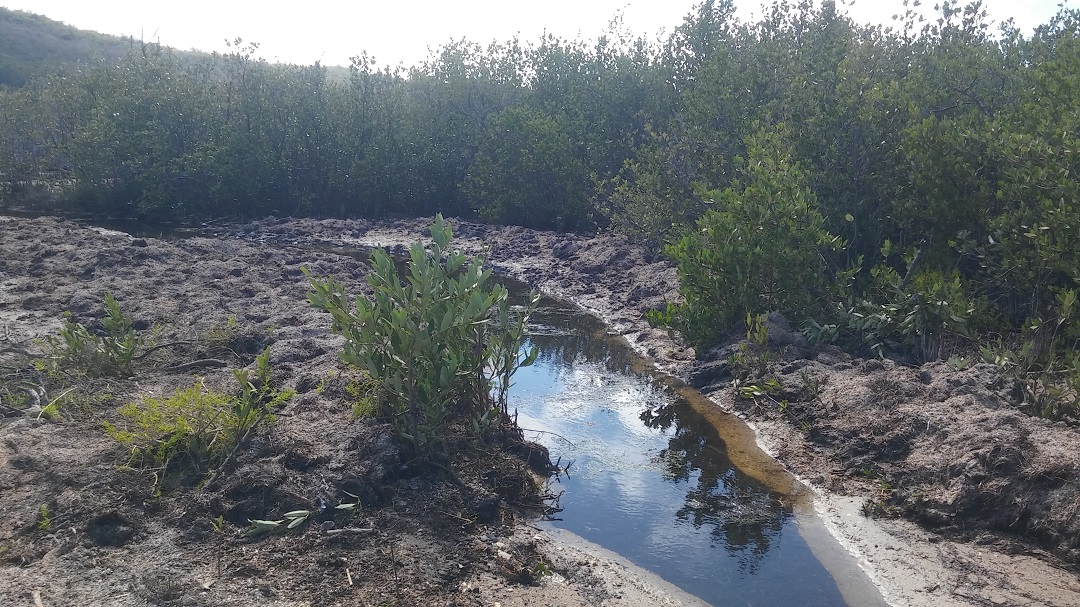
This strategy is based on the formation of the so-called resilient patios that, in synergy with other international projects such as Connecting Landscapes, will become school farms that will promote sustainable and resilient production systems, he said.
They are established as benchmarks for agro-ecological practices, encourage the proper management and use of natural resources, reduce the negative impacts of human activity, enhance local food security and self-sufficiency, and improve the quality of life and resilience of communities.
In the four municipalities where the project intervenes directly, the first CGRRDs were established with an integrated vision of this activity in confronting the ACC, in addition to conceiving one with a regional character in the province of Villa Clara.
Likewise, community centers for capacity building and knowledge management were conceived in the Caguanes National Park and the Los Buchillones Archaeological Site Research Center, the latter in the coastal settlement of Punta Alegre.
He pointed out as another important result the formation of a guide to design ACC municipal plans with an integrated vision of DRR, which should be extended to the entire country, considering its usefulness for decision-making and local development management.


